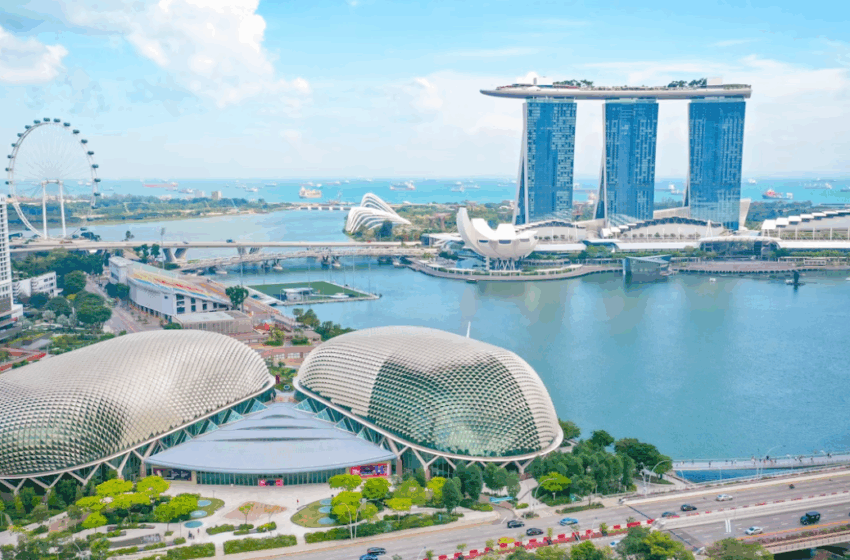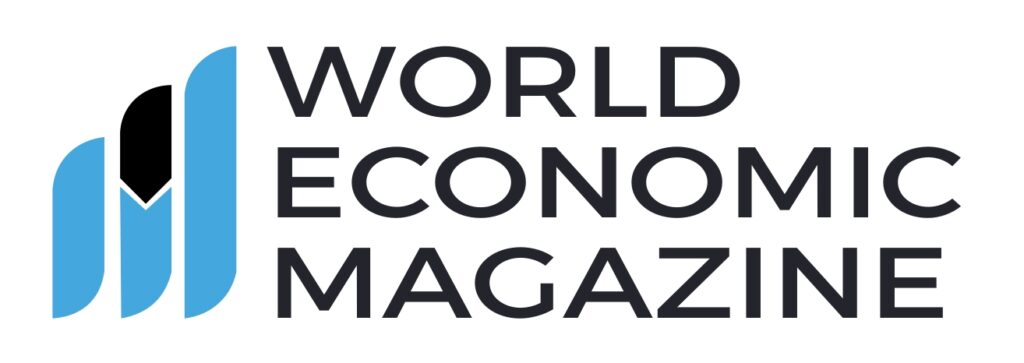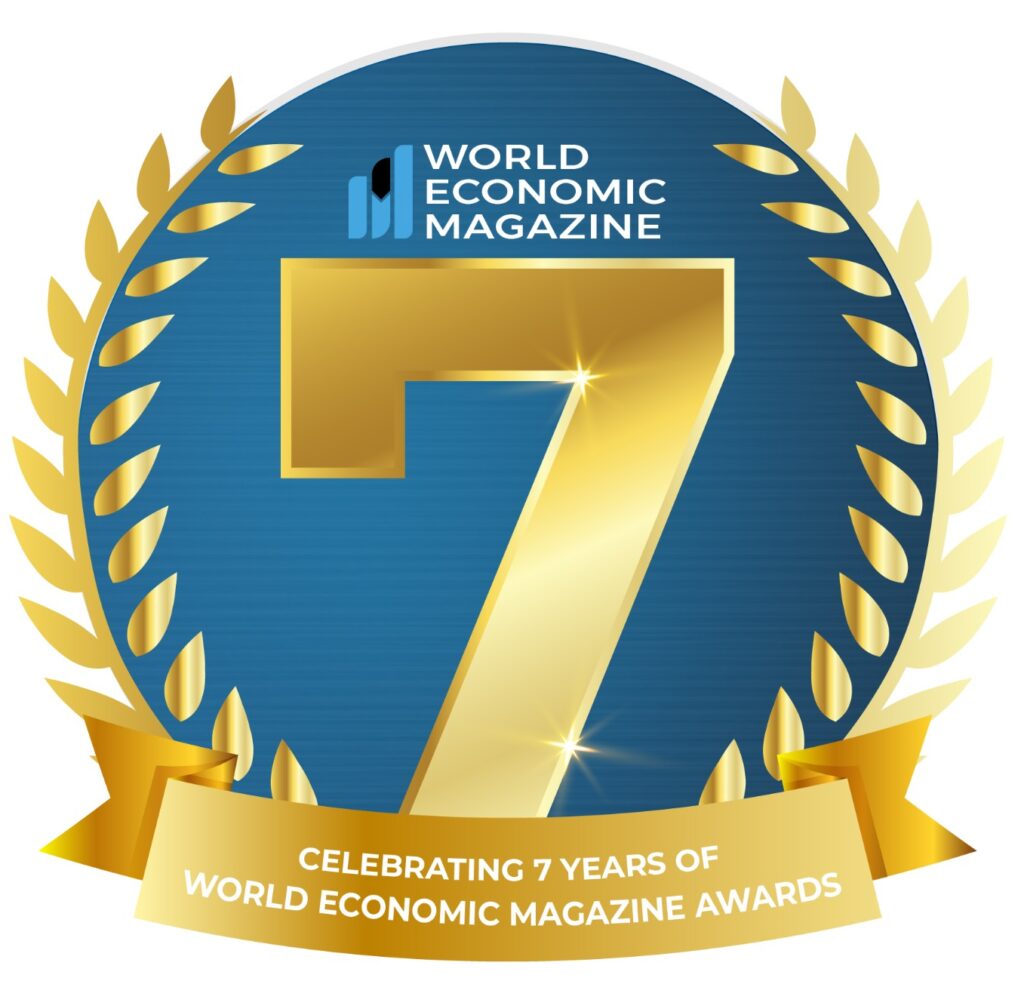
Manufacturing and Tourism Boost Singapore GDP Forecast to 2.9% for 2025
Singapore’s economy is showing signs of renewed strength, prompting Bank of America (BofA) to raise its GDP growth forecast for 2025 to 2.9%, up from its earlier projection of 2.3%. This upward revision is largely driven by robust performance in the manufacturing sector, a rebound in tourism, and sustained domestic consumption. Economists and market analysts see this as a positive indicator for Singapore’s broader economic resilience, particularly amid global uncertainty and regional challenges.
Manufacturing Sector: The Growth Engine
At the core of Singapore’s upgraded GDP outlook is the manufacturing sector. Electronics, precision engineering, and biomedical manufacturing have all demonstrated strong performance, contributing significantly to overall economic growth. The electronics segment, in particular, has benefited from heightened global demand for semiconductors and advanced technology components.
Singapore’s manufacturing resilience is noteworthy because the sector accounts for a substantial portion of the nation’s GDP. Strong output and exports have helped offset potential slowdowns in other areas of the economy, such as construction and retail. Analysts believe that continued investment in high-tech manufacturing and automation will sustain growth momentum for the remainder of 2025.
Tourism and Services: Rebounding Strongly
Another factor bolstering Singapore’s economy is the recovery of its tourism and services sectors. Visitor arrivals have steadily increased following the easing of international travel restrictions, with tourists returning from key markets such as China, India, and the Middle East. The hospitality and leisure industries are experiencing higher occupancy rates, and consumer spending in tourism-related sectors is rebounding sharply.
This revival has not only stimulated local businesses but has also created employment opportunities across services and retail, contributing to overall economic stability. Analysts highlight that the continued recovery of tourism is critical to sustaining domestic demand and ensuring balanced economic growth.
Domestic Consumption and Government Stimulus
Government-led initiatives have played a pivotal role in supporting domestic consumption. The distribution of “SG60” vouchers, totaling S$2.02 billion, has provided a direct boost to household spending. These vouchers have encouraged spending on essentials, leisure, and services, thereby injecting liquidity into the economy.
In addition, consumer confidence remains relatively strong, with households demonstrating resilience in the face of global inflationary pressures. The combination of fiscal support and consumer willingness to spend has provided a stabilizing effect, complementing the strength seen in manufacturing and tourism.
Quarterly Outlook for 2025
Looking ahead, BofA forecasts a 0.7% quarter-on-quarter GDP growth for the third quarter of 2025, translating to an approximate 2% year-on-year increase. While growth is expected to moderate slightly in the fourth quarter, with a projected 0.5% sequential pullback, analysts attribute this to a deceleration in transshipment activities rather than fundamental weaknesses in the economy.
The overall trajectory suggests that Singapore’s economy is likely to outperform initial expectations for 2025, positioning the country favorably relative to other regional economies.
Comparison with Official Projections
The Monetary Authority of Singapore (MAS) has maintained its GDP growth forecast for 2025 at a range of 1.5% to 2.5%. BofA’s revised projection of 2.9% indicates that Singapore’s economic performance may exceed the official estimates. Such an outcome could prompt the MAS to reassess its outlook in upcoming policy statements, potentially influencing monetary policy and investor sentiment.
Economists highlight that exceeding official growth projections would strengthen Singapore’s financial stability and enhance its attractiveness for foreign investment, especially in high-tech manufacturing and technology-driven sectors.
Challenges and Risks
Despite the positive indicators, challenges remain. Global economic uncertainty, supply chain disruptions, and potential geopolitical tensions could impact exports and trade flows. Additionally, inflationary pressures and rising interest rates pose risks to both consumer spending and business investment.
Nevertheless, the government’s proactive measures, combined with private sector resilience, are expected to mitigate these risks. Singapore’s strong institutional framework, stable political environment, and strategic focus on high-value sectors provide a buffer against potential external shocks.
Economist’s Perspective
Economists have weighed in on the revised forecast, emphasizing the importance of manufacturing as a growth driver. Professor Kenneth Tan, an economist specializing in Southeast Asian economies, remarked:
“Singapore’s revised GDP outlook reflects a well-balanced economic recovery. Manufacturing, particularly electronics and biomedical production, has exceeded expectations, while tourism and domestic consumption provide additional support. The outlook remains positive, though global uncertainties warrant cautious optimism.”
Professor Tan added that Singapore’s ability to attract foreign investment, maintain supply chain efficiency, and foster innovation in high-tech sectors will be crucial to sustaining above-average growth through 2025 and beyond.
Strategic Implications
The upgraded GDP forecast has several strategic implications for businesses, investors, and policymakers:
- Investment Opportunities: Strong manufacturing growth signals opportunities for investors in technology, electronics, and biomedical sectors. Companies expanding in Singapore can leverage skilled labor, innovation ecosystems, and efficient logistics networks.
- Tourism and Services: The tourism rebound provides openings for hospitality, retail, and service industries. Businesses catering to international visitors can capitalize on increasing demand.
- Government Policy: Positive growth may allow the government to maintain supportive fiscal measures while gradually normalizing monetary policy to ensure price stability.
- Regional Leadership: Outperforming GDP expectations reinforces Singapore’s role as a regional economic hub, attracting both talent and capital from neighboring countries and global markets.
Looking Ahead
Singapore’s economic outlook for 2025 appears robust, driven by a combination of manufacturing strength, tourism recovery, and domestic consumption. While global uncertainties and inflationary pressures remain challenges, the country’s diversified economic base and proactive policies provide resilience.
As the year progresses, monitoring trends in manufacturing output, visitor arrivals, and consumer spending will be critical to understanding the full trajectory of Singapore’s growth. Analysts expect that if current trends persist, Singapore could maintain a competitive edge in Southeast Asia, solidifying its status as a hub for high-value industries, innovation, and trade.
Key Takeaways
- Bank of America has raised Singapore’s GDP forecast for 2025 to 2.9% from 2.3%.
- Manufacturing, particularly electronics and biomedical production, is the primary growth driver.
- Tourism recovery and government stimulus have bolstered domestic consumption.
- Quarterly GDP projections indicate continued positive momentum, though slight moderation is expected in Q4.
- Economists remain optimistic but advise monitoring global economic risks that could affect trade and investment.
Singapore’s combination of strong industrial output, policy support, and resilient consumer demand makes it a standout performer in the region. The upgraded GDP forecast underscores the city-state’s ability to navigate global economic headwinds while continuing to grow and innovate.






